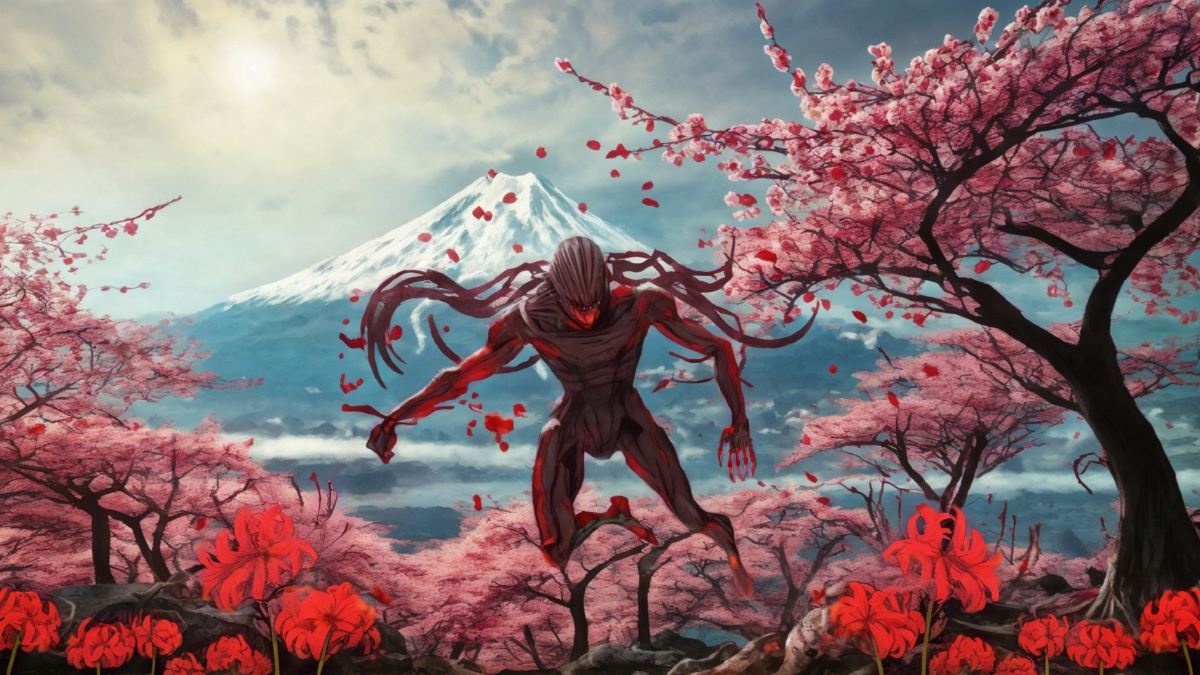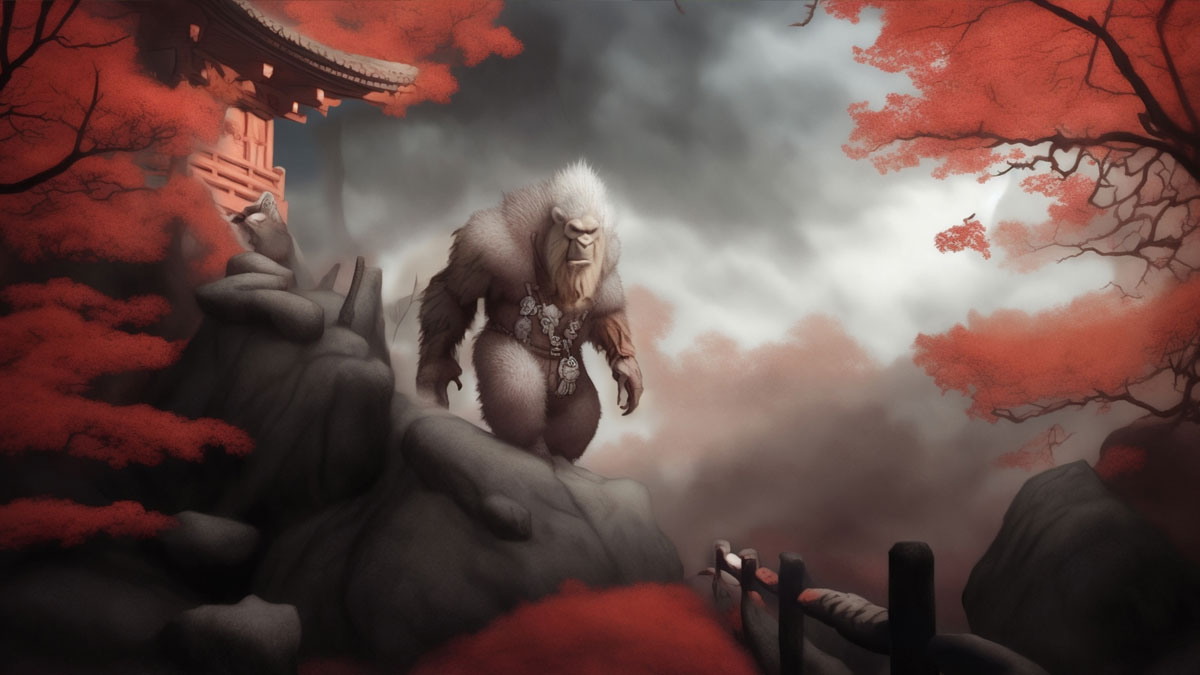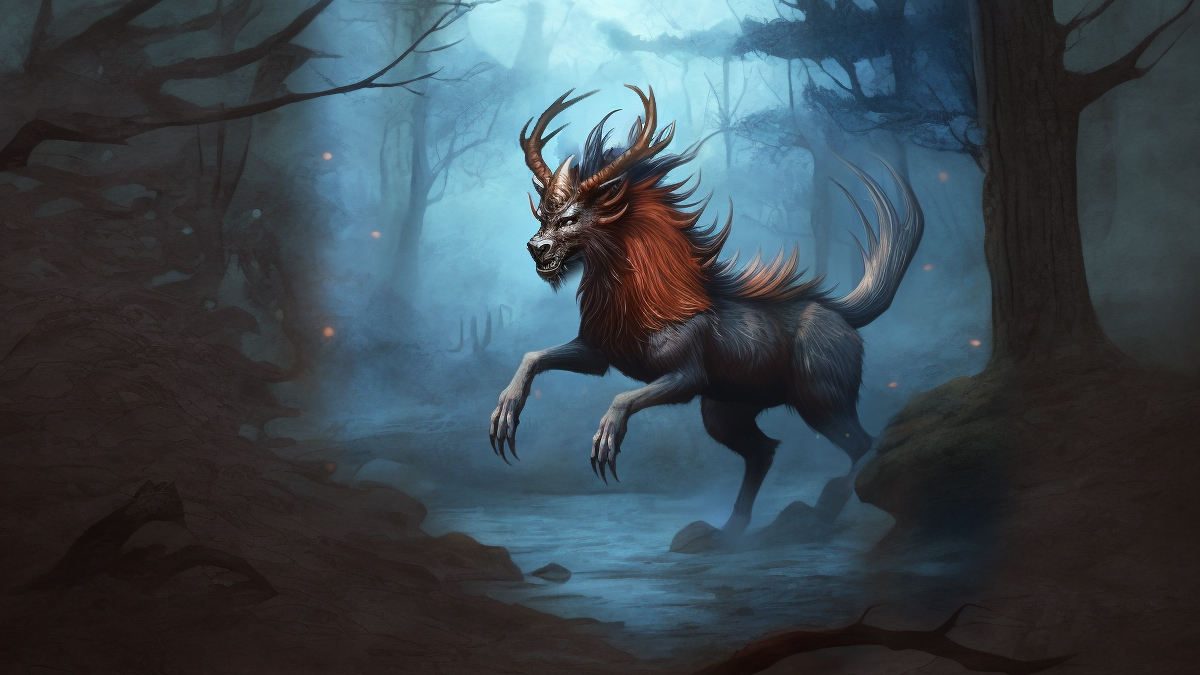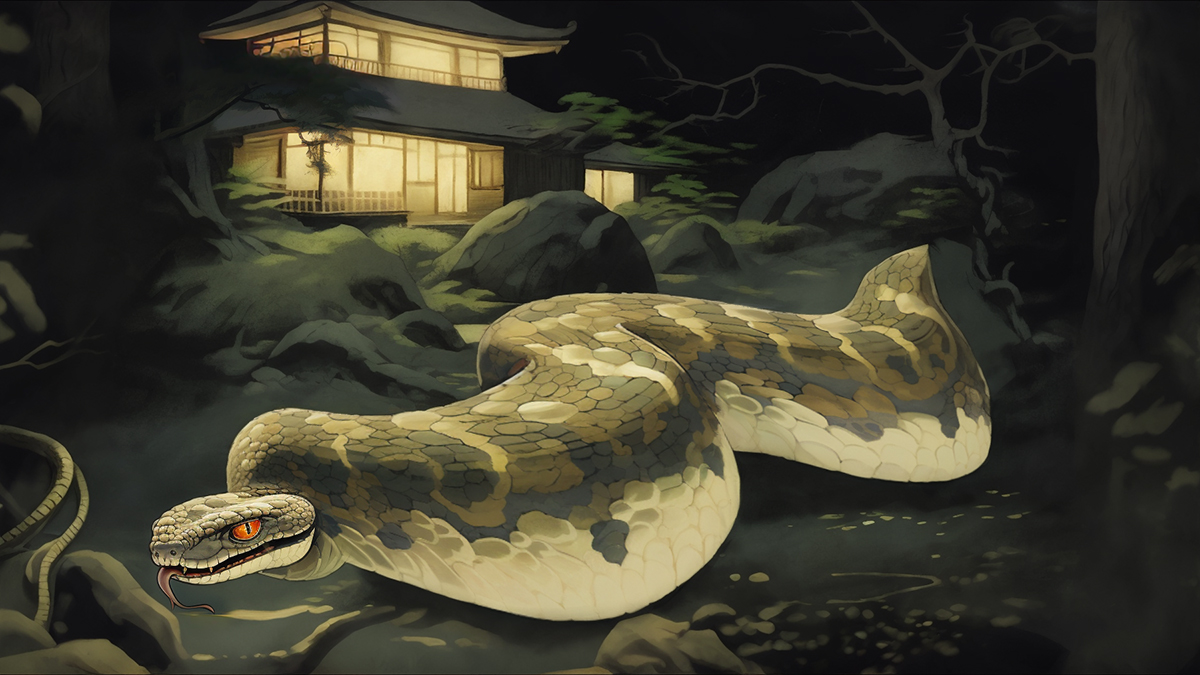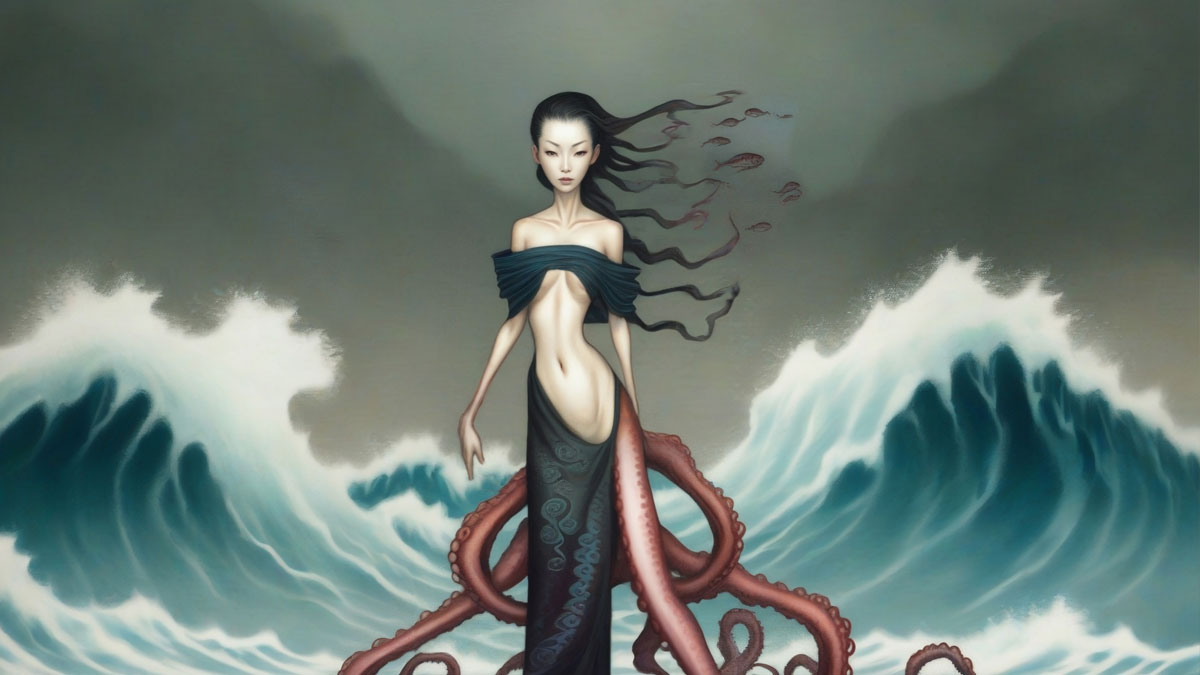Kaijin
Kaijin is a word in the Japanese language that means a strange, mysterious, legendary, or mythical humanoid (human-like) creature. Kaijins are human-like beings considered strange or mysterious because they have unusual, fantastical, or supernatural characteristics, abilities, or powers that make them different from regular humans. The popular terms in modern-day English language usage that closely … Read more
